New to Orchids
kmblc3
17 years ago
Related Stories

HOUSEPLANTSHow to Grow Orchids Indoors
Orchids are the exotic aristocrats of the flower world and can make themselves comfortable in almost any home
Full Story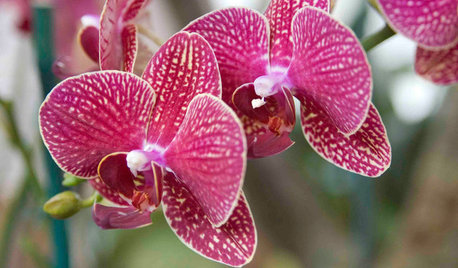
HOUSEPLANTSOrchids 101: How to Keep Your Moth Orchids Alive and Blooming
Growing Phalaenopsis — and getting it to flower again — is easier than you might think
Full Story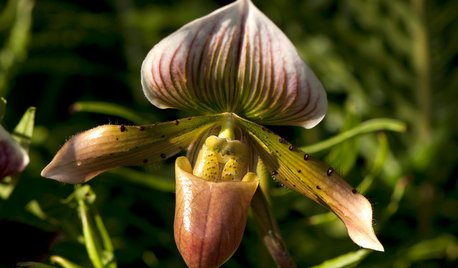
HOUSEPLANTSOrchids 101: Slipper Orchid Success
If you don’t already love Paphiopedilums, learning how to grow them with ease might change your mind
Full Story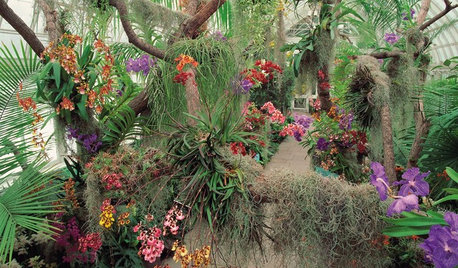
FLOWERSSee the Amazing Orchids Unfolding at a New York Garden Show
Get an eyeful of awe-inspiring orchids in incredible colors and learn how to keep one happily blooming at home
Full Story
COLORBest Ways to Use Radiant Orchid, Pantone's Color of 2014
Learn how to work in this bold fuchsia-pink-purple successfully around the home, and give it a yay or nay in the Houzz poll
Full Story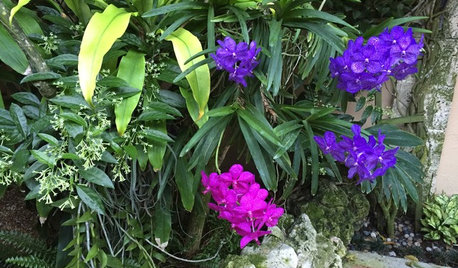
INSPIRING GARDENSThe Garden That Orchids Built
The owners of a famous orchid nursery create a sanctuary for themselves in South Florida
Full Story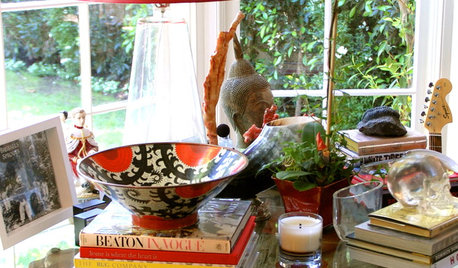
DECORATING GUIDESIndoor Gardener: Orchids Bring Beauty to Decor
Beautifully blooming orchids add elegance and grace to entryways, bathrooms and decorative vignettes
Full Story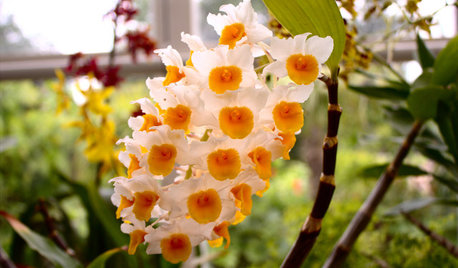
HOUSEPLANTSOrchids 101: Try Something Different With Dendrobiums
If you’re looking for something out of the ordinary, these orchids may be a good choice
Full Story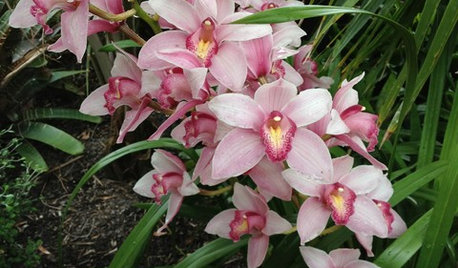
FLOWERSOrchids 101: Cymbidiums Add Beauty Indoors and Out
Their large, long-lasting flowers give them a place of honor in homes and gardens
Full Story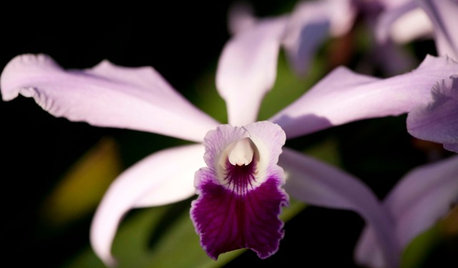
HOUSEPLANTSOrchids 101: Classic Cattleyas
These traditional corsage orchids can easily be a part of your collection of blooming plants
Full Story




arthurm
elvinwei
Related Discussions
New to Orchids - ID help, please!
Q
New to Orchids
Q
New to orchids
Q
New Phaleanopsis Orchid Help
Q
kmblc3Original Author
organic_kermit
kmblc3Original Author
whitecat8
kmblc3Original Author
whitecat8
kmblc3Original Author
whitecat8
qcbetty
arthurm